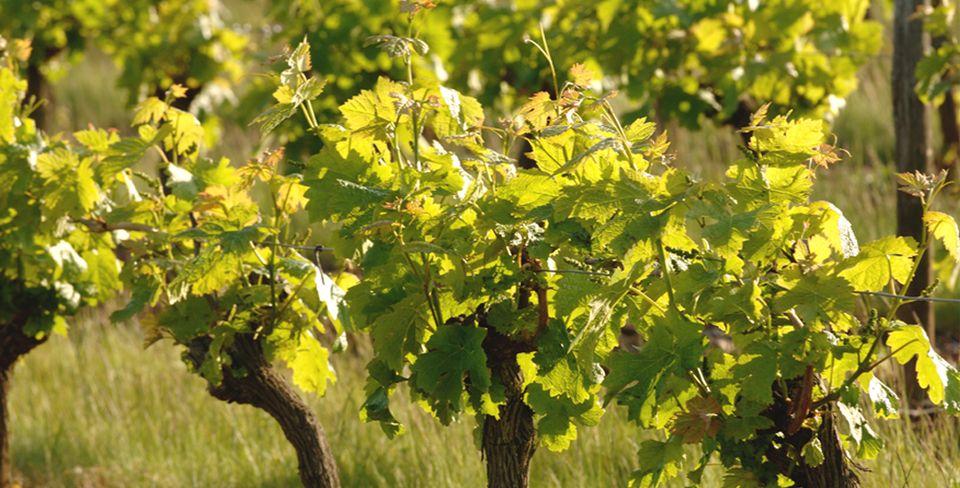- Home
- Know
- A la carte
- The Loire Valley’s vineyards
The Loire Valley’s vineyards
Published on 13 April 2017 - Updated 16 November 2018
Viticulture is a characteristic activity that has shaped the Loire Valley’s landscape

“A viticultural landscape is a combination of three natural factors.”
Jean-Pierre Gouvazé, regional delegate for InterLoire, the Loire wines interprofessional association.
“Soil, climate and plants, what the winegrowing world refers to as the cépage, the grape variety, and these three components go to form an overall coherence – a terroir developed by human hands and traditions – and that’s the definition of a winegrowing terroir.” The soil must be poor so that vines develop strong, deep roots; poor soils also reduce numbers of grapes produced, so improving their quality. “That’s why vines are often exposed on hillsides, on the hills, not right beside the Loire, where you get richer soils, in the alluvia, in the sands.”
And a terroir is not just a type of soil, it’s a climate too. “Sunshine and rainfall are two natural factors essential to production of quality wine.” The Loire Valley has the same amount of rain as the South of France, but the sun isn’t so strong here. “In very hot regions like the South, winegrowers try to protect the grapes by developing the leaves; otherwise you get the “grillure” phenomenon – leaf necrosis. In the Loire Valley region, we tend to tie the vines, train them upwards into the air in order to bring the fruit to maturity.”
Finally, grape varieties are selected to suit particular soils and climates. A couple of examples. “Pinot Noir does particularly well where there are major variations in temperature; it likes continental climates with very hot summers and harsh winters that enable it to flourish and mature. Such isn’t at all the case with Cabernet Franc, which prefers mildness, longevity, a long-distance runner that needs to come into its own slowly if its tannins are going to ripen properly and produce good wine.”
Add the winegrowers’ knowhow and there you have it – the mosaic of Loire Valley wines. “Just like a garden, you find all types of wines in the Loire Valley, rosés, reds, sparkling wines, dry wines, sweet wines, and all types of grape varieties; you can go from a Sauvignon to a Chenin to a Cabernet or to a Grolleau. And it’s exactly that combination, that gustatory and aromatic journey, that garden ambience, that typifies the Valley’s vineyards.”

![Nouvelles Renaissance(s] 2023](/var/storage/images/val-de-loire-refonte/dossier-de-parametrage/pied-de-page/nouvelles-renaissance-s-2023/517479-13-fre-FR/Nouvelles-Renaissance-s-2023_image_largeur220.png)


 Lettre d'information
Lettre d'information
 Facebook
Facebook
 Flickr
Flickr
 Podcloud
Podcloud
 Dailymotion
Dailymotion
 Box
Box
 Slideshare
Slideshare
 Diigo
Diigo

